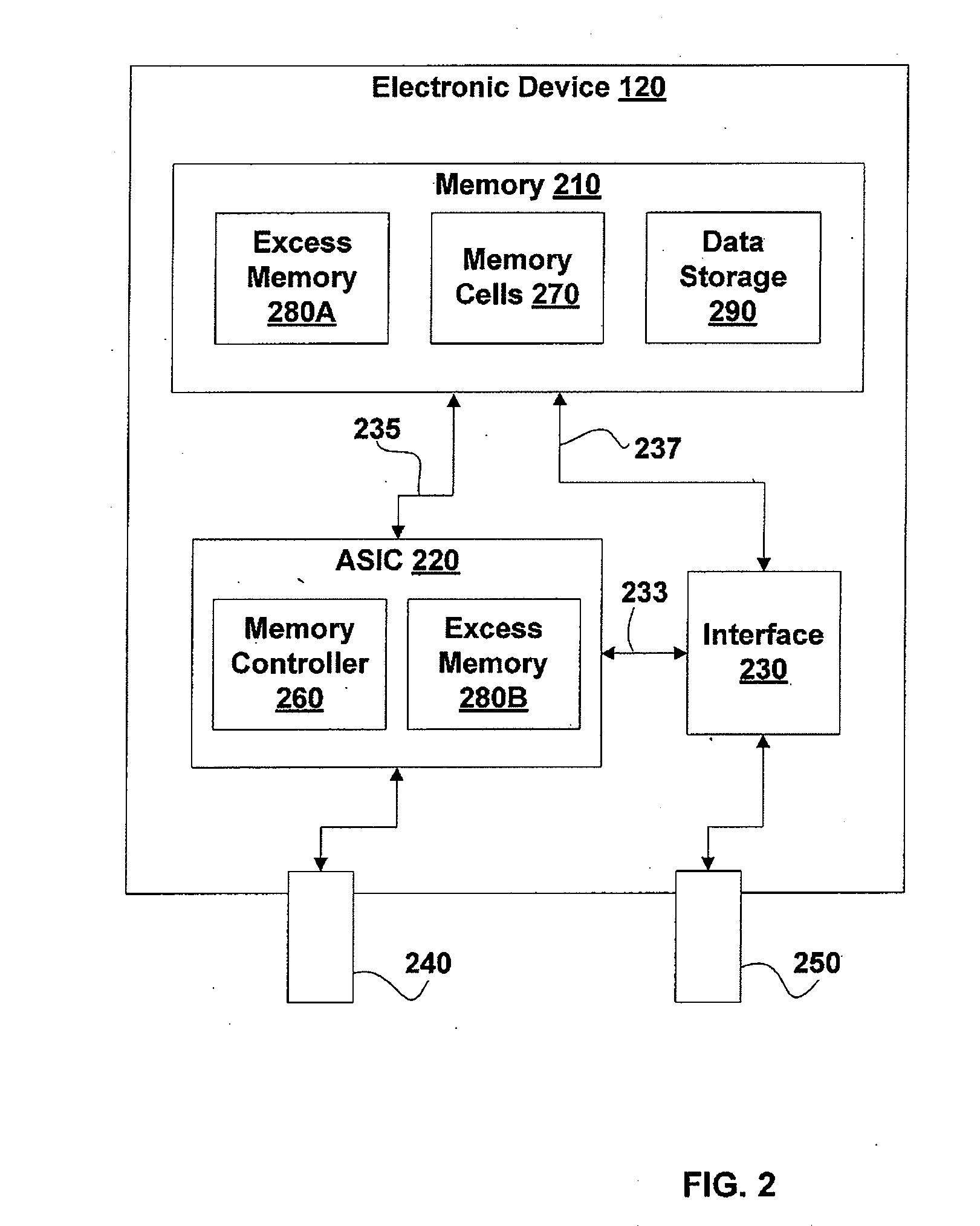Testing and Recovery in a Multilayer Device
a multi-layer device and integrated circuit technology, applied in the field of electronic devices, can solve the problems of failure rate of the entire device, and difficulty in designing single integrated circuits from scratch for specific applications, so as to improve the manufacturing yield of electronic devices, avoid defects or replace them, and increase the manufacturing yield
- Summary
- Abstract
- Description
- Claims
- Application Information
AI Technical Summary
Benefits of technology
Problems solved by technology
Method used
Image
Examples
Embodiment Construction
[0040] Various embodiments of the invention include systems for and methods of manufacturing an electronic device having a plurality of device components. The systems for manufacturing may include, for example, device components, assembly systems, data systems, programming equipment and test equipment. The assembly systems are configured for incorporating the device components into electronic device packaging to form the electronic device.
[0041] The assembled electronic device includes an excess (e.g., a redundancy) of one or more circuit types. For example, in some embodiments, the device components include an excess of memory circuits. As is described further herein, the excess of memory circuits are used as replacements for any memory circuits determined to be defective using the test equipment. The excess memory circuits are optionally disposed within a different device component than the defective circuits they are configurable to replace. In alternative embodiments, the exces...
PUM
 Login to View More
Login to View More Abstract
Description
Claims
Application Information
 Login to View More
Login to View More - R&D
- Intellectual Property
- Life Sciences
- Materials
- Tech Scout
- Unparalleled Data Quality
- Higher Quality Content
- 60% Fewer Hallucinations
Browse by: Latest US Patents, China's latest patents, Technical Efficacy Thesaurus, Application Domain, Technology Topic, Popular Technical Reports.
© 2025 PatSnap. All rights reserved.Legal|Privacy policy|Modern Slavery Act Transparency Statement|Sitemap|About US| Contact US: help@patsnap.com



